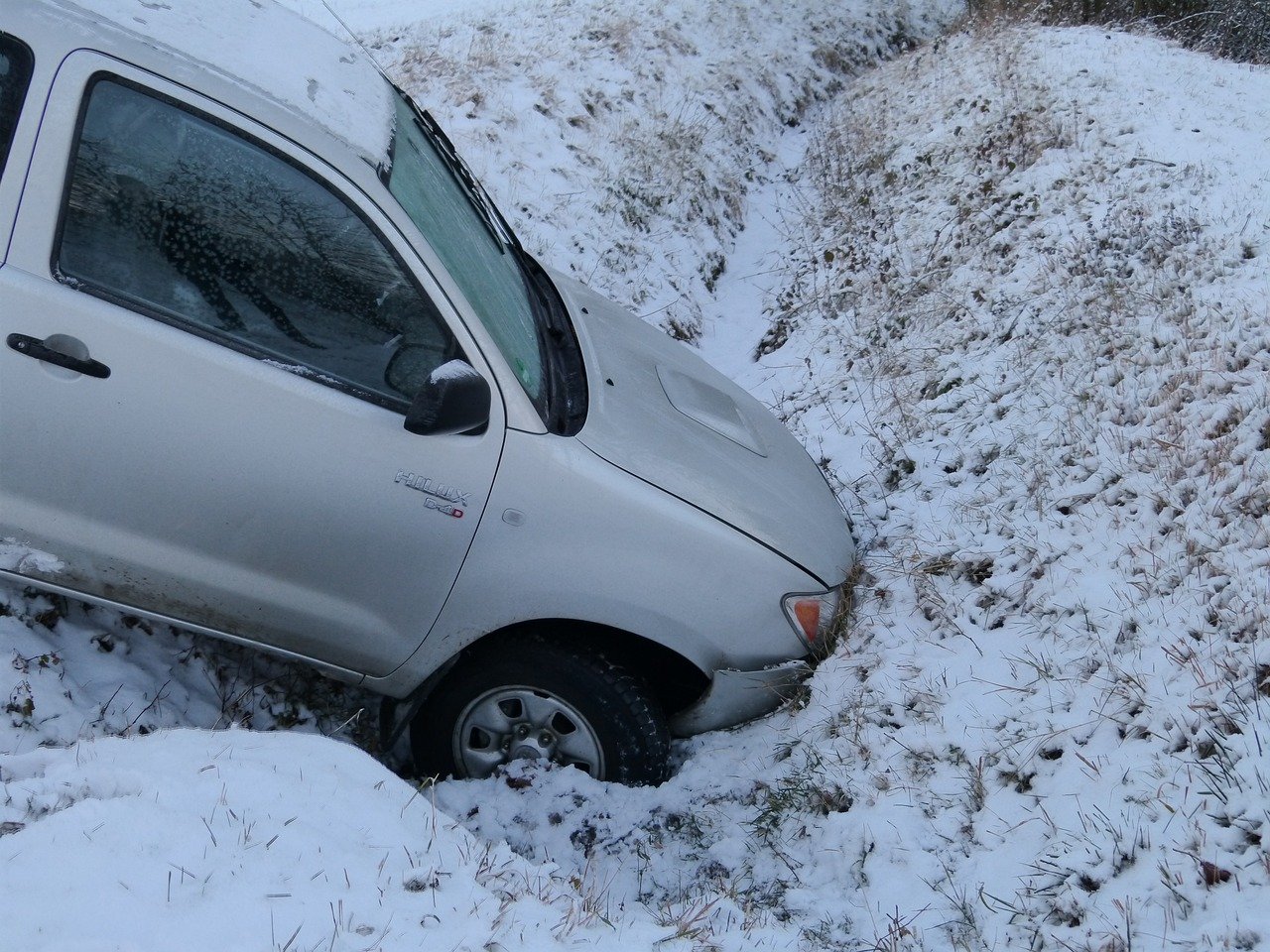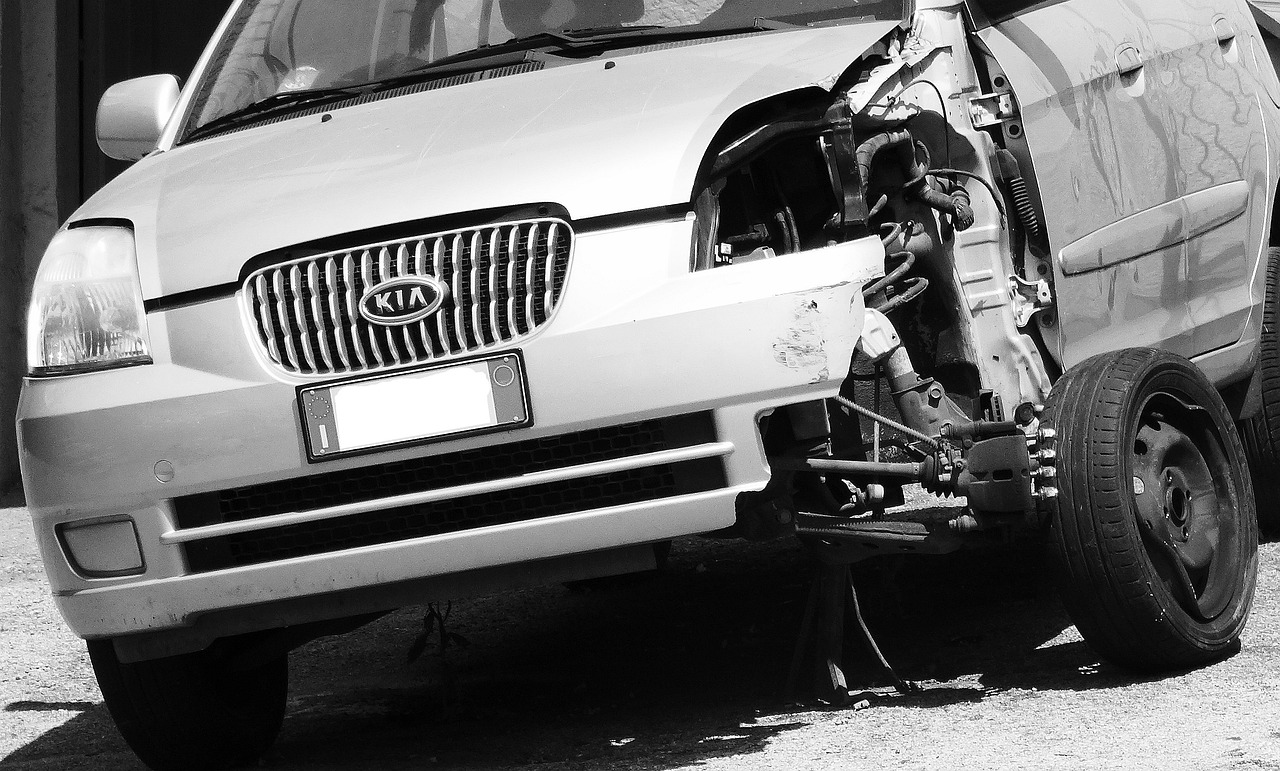
Car accidents are unfortunate events that can result in injuries, property damage, and significant financial losses. When a car accident occurs, one critical aspect that needs to be determined is who is at fault or liable for the incident. Understanding liability is crucial as it determines who compensates the injured parties for their losses. However, determining fault in a car accident is not always straightforward and may involve various factors and investigations. This comprehensive guide will explore the critical elements in understanding liability and determining fault in a car accident.
What is Liability in a Car Accident?
In the context of a car accident, liability is the legal responsibility for the accident and the resulting damages. The at-fault party, or the person deemed legally responsible for the accident, is liable for compensating the other parties involved for their injuries, property damage, and other losses. You may wonder, “Who is at fault in a rear-end collision?“; in this case, the driver who rear-ended the other vehicle is typically considered at fault. In most cases, the driver who rear-ends another car is presumed negligent because they must maintain a safe distance and exercise caution to avoid collisions.
However, there are exceptions where the lead driver may share some responsibility, such as suddenly stopping without cause or not having functioning brake lights. Liability is a critical factor in car accident cases because it directly impacts the ability of the injured parties to seek compensation from the at-fault driver or their insurance company. Understanding liability is essential for injured parties and insurance companies to determine the appropriate action for resolving the claims.
Determining Fault in a Car Accident
Determining fault in car crashes requires a thorough investigation considering various factors, evidence, and applicable laws. Here are some essential steps and elements involved in the process of determining fault:
Establishing Duty of Care
The first step in determining fault is establishing the duty of care owed by each driver involved in the accident. Duty of care is the legal obligation to exercise reasonable care and caution while driving to prevent harm to others on the road. All drivers have a duty of care to follow traffic laws, obey speed limits, maintain a safe distance from other vehicles, and avoid reckless or negligent behavior. Failure to uphold this duty of care can be a significant factor in determining fault in a car accident.
Investigating the Accident Scene
A thorough investigation of the accident scene is crucial for determining fault. Law enforcement officers may be called to the scene to conduct an official investigation and create a police report. The police report typically includes essential details about the accident, such as the location, weather conditions, road markings, and statements from witnesses. Photographs of the accident scene, vehicle damage, skid marks, and other relevant evidence can also be valuable in establishing fault. Additionally, obtaining eyewitness statements can provide practical perspectives and corroborate the events leading up to the accident.

Analyzing Traffic Laws and Regulations
Traffic laws and regulations play a significant role in determining fault in a car accident. If a driver violated a traffic law during the accident, such as running a red light, speeding, or making an illegal turn, it could establish negligence on their part. Comparative negligence applies in some jurisdictions where the fault is apportioned among multiple parties based on their degree of responsibility for the accident. For example, if both drivers were partially at fault, each may be assigned a percentage of liability, and their compensation may be reduced accordingly.
Reviewing Vehicle Damage
Examining the extent of vehicle damage can provide essential clues about how the accident occurred and who may be at fault. Skid marks, dents, and the point of impact on each vehicle can help recreate the sequence of events leading up to the collision. An experienced accident reconstruction expert may be consulted to analyze the damage and reconstruct the accident to determine how it occurred. This analysis can provide valuable insight into which driver may be at fault for the collision.
Witness Testimonies
Eyewitness testimonies can significantly impact the determination of fault in a car accident. Witnesses who observed the accident can provide crucial information about how it happened and which driver was at fault. Insurance adjusters, law enforcement officers, and attorneys may contact witnesses to obtain their statements and record their observations about the accident. It is vital to collect witness statements as soon as possible after the accident while the details are still fresh in their memory.
Consulting Accident Reconstruction Experts
In complex car accident cases, accident reconstruction experts may be brought in to analyze the evidence and recreate the accident scene. These experts use scientific and engineering principles to determine factors such as vehicle speed, the direction of impact, and the sequence of events leading up to the collision. Accident reconstruction reports can provide valuable evidence in determining fault and may be used in negotiations with insurance companies or presented in court if the case goes to trial.
Assessing Contributory Negligence
In some jurisdictions, contributory negligence may be applied to determine fault in a car accident. Contributory negligence refers to the degree to which each driver contributed to the accident through their actions or negligence. If one driver’s negligence is found to be a contributing factor to the accident, it may impact their ability to recover compensation for their injuries and damages. In jurisdictions that apply contributory negligence, if a driver is found to be even slightly at fault, they may be barred from recovering any compensation from the other party.
Adhering to No-Fault Insurance Laws
Some states or countries have no-fault insurance laws, which means that regardless of who is at fault, each driver’s insurance company covers their medical expenses and property damage up to a specific limit. In no-fault insurance states, the fault is not a factor in determining compensation for minor accidents. However, the fault may still be considered in determining compensation for more serious accidents that result in severe injuries or significant property damage.
Determining fault in a car accident is a complex process that involves careful investigation, examination of evidence, and consideration of applicable laws. If you have been involved in a car accident, seeking legal counsel from an experienced personal injury attorney can significantly aid your case. An attorney can guide you through the process, protect your rights, and advocate for fair compensation. Remember, understanding liability is crucial for seeking compensation for your injuries, property damage, and other losses. So, ensure you take the necessary steps to protect your rights and pursue a fair resolution.




